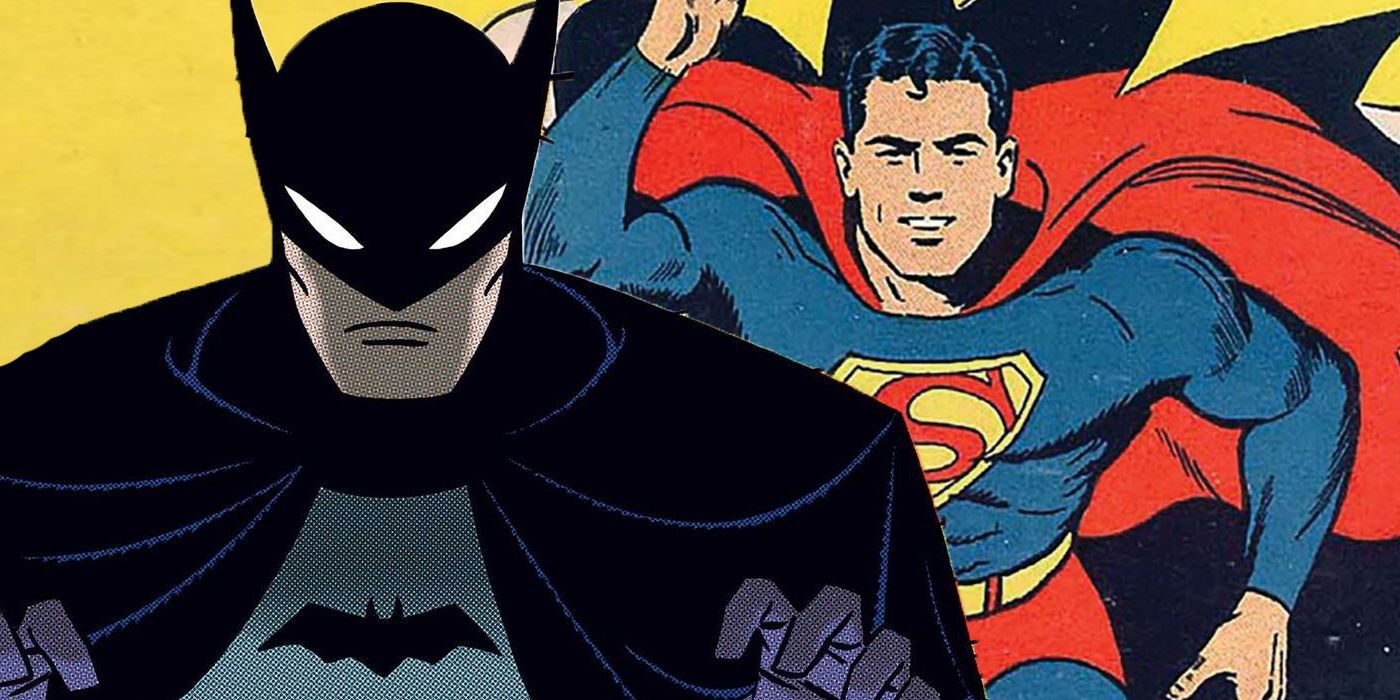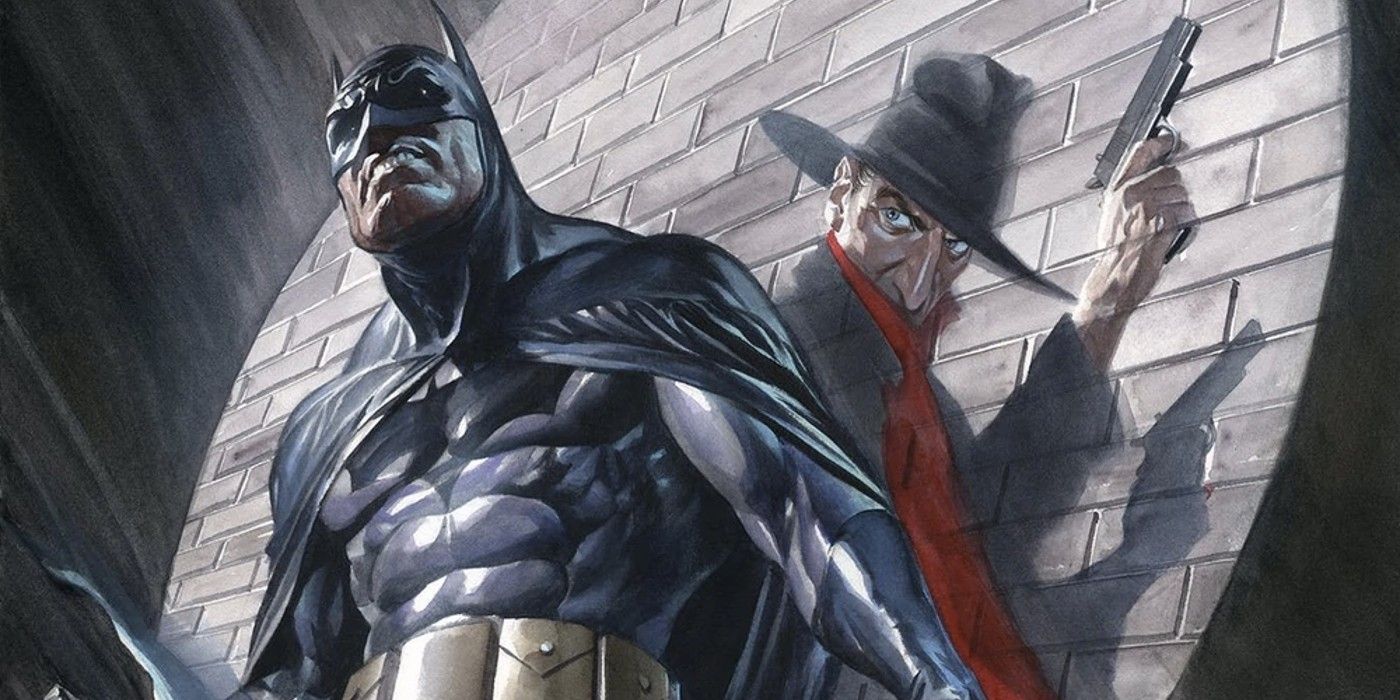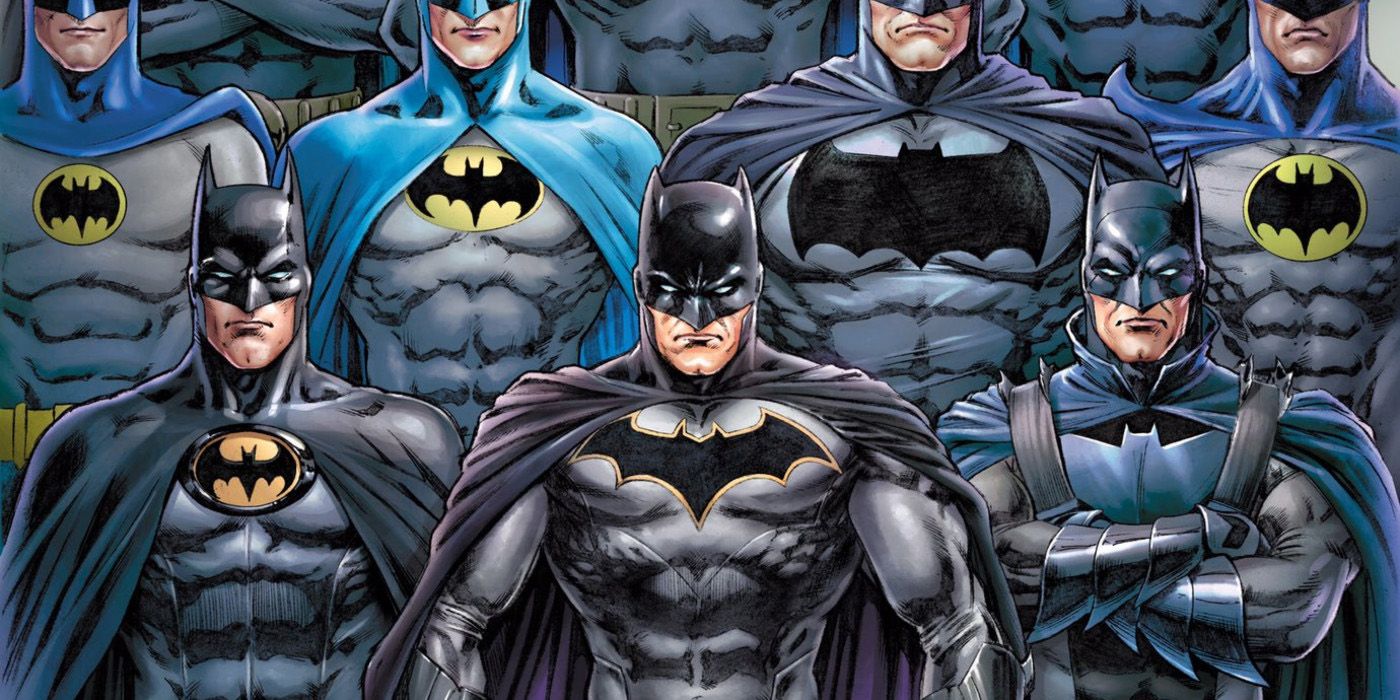Summary
- Batman’s first comic appearance in “Detective Comics #27” (1939) introduced the character and laid the foundation for his stories.
- The Golden Age Batman had notable differences from his modern counterpart, including a more dated costume and a willingness to kill.
- Controversy surrounds Batman’s creation, with accusations of plagiarism of The Shadow, and misplaced credit between creators Bob Kane and Bill Finger.
The hero called Batman has established himself as the leading property of DC Comics, as well as an icon of modern pop culture around the world. This has been achieved through outstanding comic book stories, blockbuster films, endless merchandise, and other multimedia success stories. But how did Bruce Wayne’s first comic appearance as Batman start his journey?
The 1930s were a key period in comic book history, with Bruce Wayne a.k.a. Batman bridging the gap between the preceding pulp heroes and the superhero explosion on the way. Batman is a legend today, but his first comic appearance is historically significant for several reasons, from the major differences to his modern counterpart, to controversy behind the scenes. By examining the impact and details behind Batman’s comic debut, we can shed light on a turning point in comics history.
Batman’s First Comic: ‘Detective Comics #27’ (1939)
“The Case of the Chemical Syndicate,” by Bob Kane & Bill Finger
In May 1939, DC Comics (then National Publications) released Detective Comics #27 to comic book readers. The series had been, as its name suggests, a detective-themed anthology book featuring various types of crime-fighters, detectives, and Western gunfighters. Here, the “Bat-Man” made his debut in a tale titled “The Case of the Chemical Syndicate.” The story begins with Commissioner Gordon hosting Bruce Wayne (a “young socialite friend” of the older police officer) as they discuss the mysterious “Bat-Man” in the news. When they’re interrupted by a phone call, it seems a straightforward case: a chemical tycoon has been murdered, with evidence pointing to his son.
Accompanied by Wayne (just for fun), Gordon races across town to the scene of the crime, uncovering a plot to kill even more of the tycoon’s associates. The next target, a man named Crane, is killed before the authorities can reach him, but the Bat-Man intercepts the goons before they can make their escape. Now in possession of a vital clue, the hero is able to save another man, Rogers, from being killed by an employee of the true culprit, Stryker, who wanted to seize control of a company from his three rivals. Thankfully, his threat is ended by falling into a vat of acid.
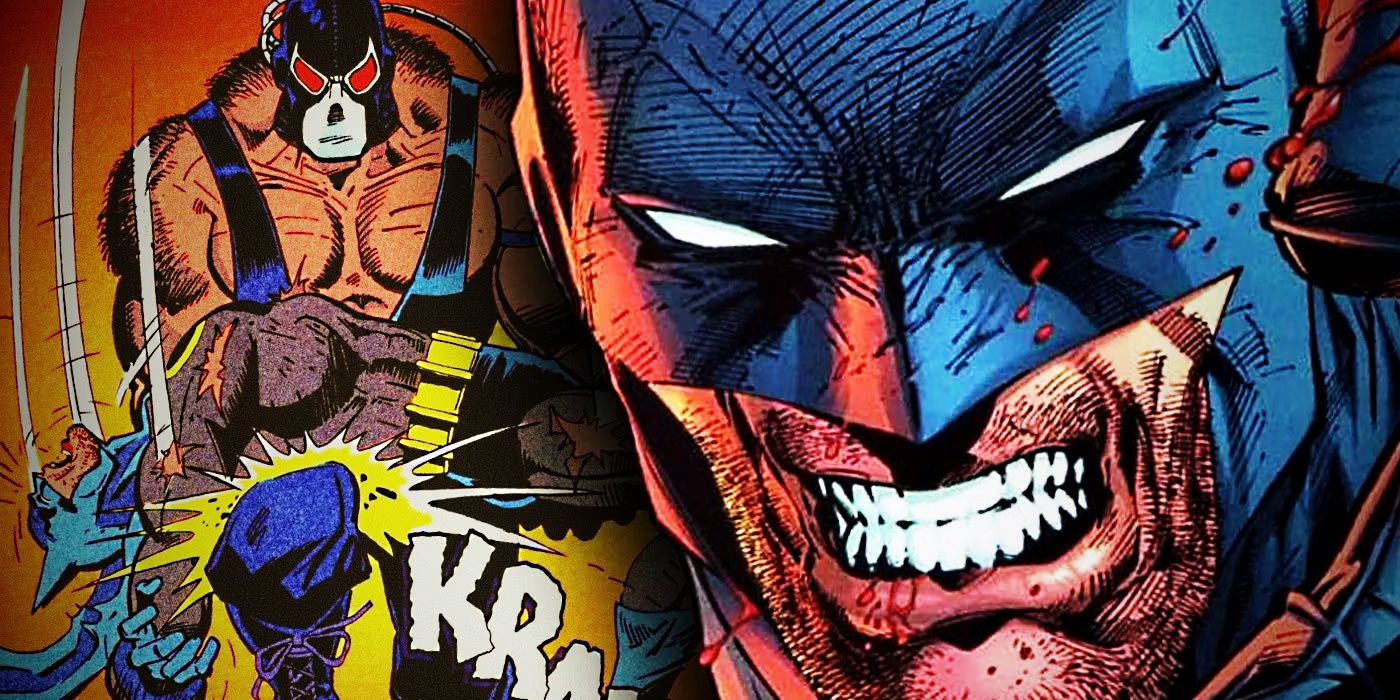
Related
10 Best Batman Comics in History, Ranked
With almost eighty years in print, Batman is one of the most successful heroes in comics. These stories helped elevate him to that status.
The Biggest Differences in Batman’s First DC Comic Story
The Original Batman Had Never Even Heard of A ‘No-KIll’ Policy
There are an endless number of differences between the Batman of the modern DC Universe and the “Bat-Man” who debuted in 1939 on display in Detective Comics #27. Visually, the Golden Age hero had a more dated costume, lacking armor or gauntlets (not to mention the purple Batman gloves). Ethically speaking, this Caped Crusader also took a far more lax approach to fatality. When watching Stryker fall to his death, Bruce merely comments that it’s a “fitting end for his kind.” This stands in stark contrast to Batman’s famous “no-kill” policy today, with Bruce Wayne risking his own life to save even his worst enemies. And that’s not even mentioning the red ‘Batmobile’ (read: a car).
Interestingly, Batman’s debut actually mirrors that of Superman, with both men charged with sparing innocent people from being punished for crimes they didn’t commit. However, it wouldn’t be until 1952’s Superman #76 (by Edmond Hamilton, Curt Swan & Stan Kaye) that Batman and Superman finally shared a story. Before this, the Gothamite hero had far more in common with the noir hero The Shadow, both in terms of a relatively muted “rogues gallery” composed of common criminals, and a willingness to kill if the need arose. But the real ‘story’ of Batman’s first comic is that the similarities to Walter B. Gibson’s hero don’t end there…
Batman’s Comic Debut Sparked Instant Controversy
Batman Was Born From A Debate Over A Stolen Story, ‘Lifted’ Art, and Misplaced Credit
To say that the Golden Age Batman’s creation, and specifically his creator, Bob Kane have been a source of controversy would be a massive understatement. Although Kane and Bill Finger are credited for the story, it soon became apparent that the former’s ‘entirely original’ idea was not what he let on. In fact, the story for Detective Comics #27 was soon revealed to have been copied Batman from The Shadow’s earlier comic. To make things worse, Kane actually directly traced elements from The Shadow story, “Partners in Peril” (from The Shadow #113, by Theodore Tinsley and Tom Lovell) from one scene to the other.
In the years since, readers and comic book historians have assigned more credit to Bill Finger (and later The Joker’s creator, Jerry Robinson), who was revealed to have contributed the most to Batman’s lore. Where Kane had originally wanted The Dark Knight to wear a red costume and have blonde hair, Finger revised the design to the color scheme people know and love today. In addition, it’s unknown exactly how much art Kane ever did himself, as he managed an art studio that often passed off work from other artists under his own name. Thus, Batman has one of the most valuable, but also one of the most controversial first appearances in comics.
Batman’s First Comic Would Define Him For Decades
Plagiarism aside, “The Case of the Chemical Syndicate” is a genuinely key issue in Batman history, not for its script or art but in how it defined the formula of his stories in one shot. Here, true to most Dark Knight stories since, Bruce is friendly with an unsuspecting Gordon, he catches wind of a murder, suits up, saves a victim, and beats the bad guy. Of course, a great deal of nuance has since been added to the world of Gotham. But the core elements of a typical done-in-one issue of Batman are perfectly encapsulated in this short story. That said, it wasn’t until 1940’s Batman #1 (by Kane & Finger) where the world of Gotham was truly born.
While Batman is typically cast in bigger, sprawling and more action-packed sagas today, this issue laid the groundwork for virtually every one of his comics until the Bronze Age. It also features the hero engaging in real detective work, something that’s often lost in the more superpowered drama of modern DC. It’s far from the best issue of Detective Comics (even of the Golden Age), but its significance cannot be denied. As both a first appearance and a turning point in comic book history, this million dollar Batman comic is a must-read for any true fan of the Caped Crusader.
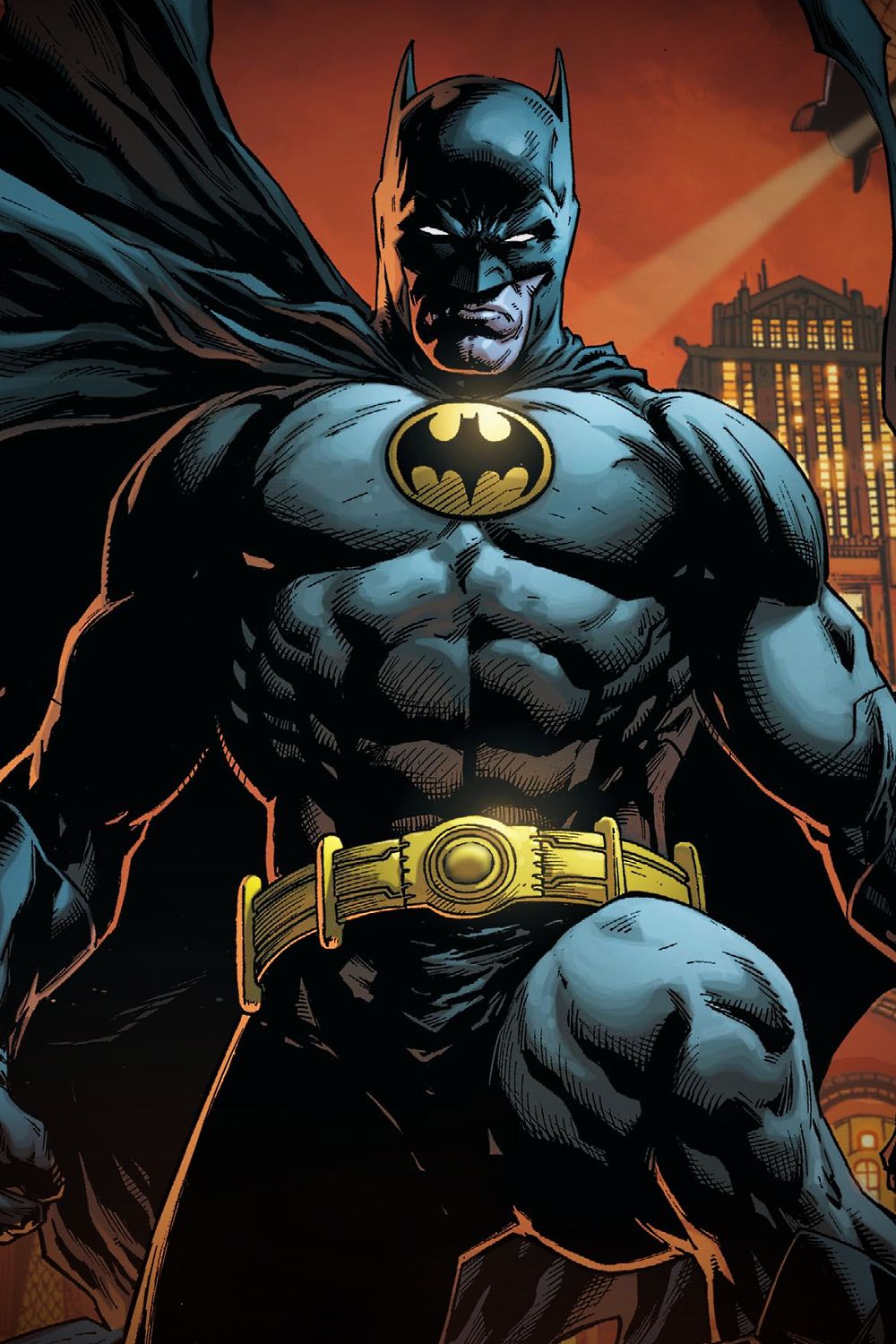
Batman
One of DC’s most iconic heroes, Batman is the vigilante superhero persona of billionaire Bruce Wayne. Forged by tragedy with the death of his parents, Bruce dedicated his life to becoming the world’s leading martial artist, detective, and tactician. Recruiting an entire family of allies and sidekicks, Bruce wages war on evil as the dark knight of his hometown, Gotham City.
- Alias
- Bruce Wayne
- Created By
- Bob Kane , Bill Finger
